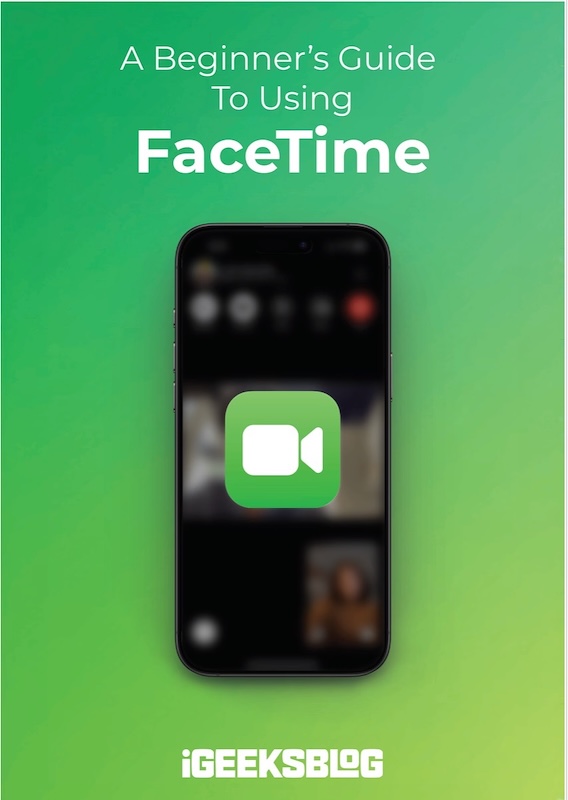
FaceTime Like a Pro
Get our exclusive Ultimate FaceTime Guide 📚 — absolutely FREE when you sign up for our newsletter below.

FaceTime Like a Pro
Get our exclusive Ultimate FaceTime Guide 📚 — absolutely FREE when you sign up for our newsletter below.
Apple found a simple AI fix: checklists and self-verification, boosting accuracy and making future iPhone and Mac assistants more reliable.
Large language models (LLMs) often stumble when handling complex tasks, but Apple researchers believe they’ve found a surprisingly simple way to improve them: make the models check their own work. According to a new study, this self-verification approach significantly boosts accuracy, echoing the timeless human habit of proofreading before hitting submit.
Today’s LLMs are usually trained with reinforcement learning from human feedback (RLHF). In that system, human reviewers judge whether a response is good or bad, and the model learns from the rewards and penalties. It works, but it’s limited. Models often learn to produce answers that look correct without fully following instructions.
Apple’s paper, Checklists Are Better Than Reward Models For Aligning Language Models, proposes a smarter approach. Instead of vague “good” or “bad” labels, Apple’s method uses detailed checklists tailored to each instruction. This is called Reinforcement Learning from Checklist Feedback (RLCF). Each response is graded against clear yes-or-no requirements, like “Is the translation in Spanish?” or “Does the answer include all requested details?”
To train and test this idea, Apple researchers created WildChecklists, a dataset of 130,000 instructions paired with automatically generated checklists. They tried two ways of making these lists: directly asking a model to generate them, and a more advanced candidate-based method where models first produce different answers and then list possible failure points. The candidate-based method produced far better results because it forced the model to think about what could go wrong.

Another twist was combining AI judges with small verification programs. For example, a program can quickly check whether a text includes three commas—something LLMs often miss. This mix of automated checks and AI evaluation gave more reliable training signals and cut down on reward hacking.
When Apple tested the method on Qwen2.5-7B-Instruct, it improved across all five major benchmarks, something no other method achieved. Results included:

RLCF was particularly strong at “content” constraints, meaning it pushed models to fully cover the user’s request rather than skimming over details.
Apple didn’t stop at training. Researchers also tested what happens when you simply ask a model to double-check its own answers before finalizing them. This self-verification step reduced errors by up to 25% in coding and math tasks. Crucially, it didn’t require more computing power; it just made the model pause and reflect, much like proofreading before hitting send.
For everyday people, these improvements could translate into AI assistants that better follow instructions, get details right the first time, and make fewer careless mistakes. Whether it’s planning a trip, solving a math problem, or drafting an email, the model would be more dependable.
Apple’s approach isn’t without drawbacks. RLCF relies on very large “teacher” models like Qwen2.5-72B to train smaller ones, which makes it expensive. Training on 130,000 checklist examples took about four days on eight H100 GPUs, though the team found ways to cut costs in half with only small accuracy trade-offs. Importantly, this technique is about instruction-following, not safety, so it doesn’t directly address harmful or biased outputs.
Even with these limits, Apple’s findings point to a future where simple, human-inspired techniques make AI far more reliable. As the company integrates this research into its Apple Intelligence platform, iPhone and Mac users may soon notice assistants that don’t just answer quickly, but answer correctly.